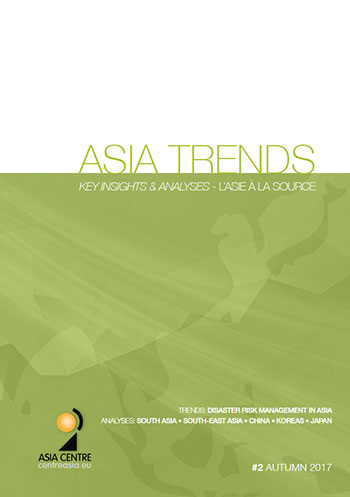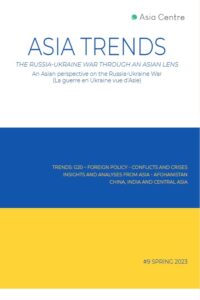Editorial
Natural disasters have increasingly affected Asia over the last decades. As the most populated region in the world, Asia is facing significant challenges in managing environmental degradation and in adapting to climate change. According to the United Nations Economic and Social Commission for Asia and the Pacific (UNESCAP) and the Internal Displacement Monitoring Centre (IDMC), South and East Asia are the regions most affected. In 2016, 574 hazards were reported such as landslides in China, earthquakes in the Philippines, Bali's volcanic earthquakes, Typhoon Haito, Japan's tsunami, torrential rains in North-East China, floods in Thailand, India, Nepal, Bangladesh, cyclones in Myanmar, El Nino's induced drought in Vietnam and Cambodia. More than 108 million people have been affected, and 24.2 million new displacements were registered in 2016. The majority of them (97%) were either weather or climate-related events, and took place in high-risk environments characterised by low coping capacity, high levels of socio- economic vulnerability, and high exposure to natural and human-made hazards.
ACCESS THE PDF FILE:
Asia Trends #2 - Autumn 2017.PDF
...

THIS IS MEMBER-ONLY CONTENT.
To view or download more of this content please subscribe.
If you are already a member please login.



